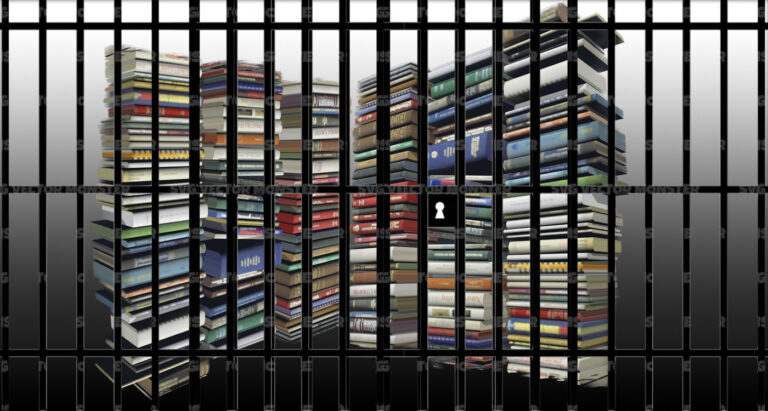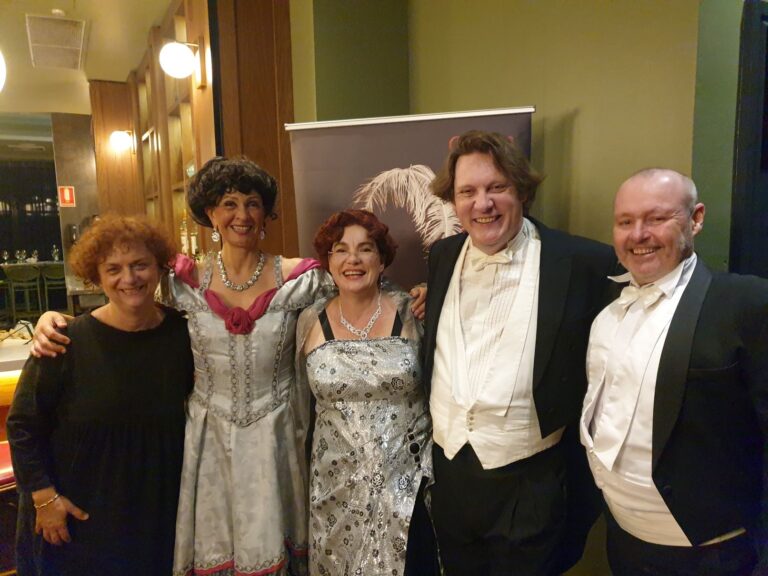
Wherefore art thou, indie theatre?
“I thought, imagine if you did shows for just three nights, and pack them out. What would happen?” It’s not such a novel idea, and yet in many ways it marked the turning point for independent theatre in Sydney. Imperial Panda Festival co-director Rosie Fisher continues, “It would be great exposure for the artists and you could actually afford it. Plus, it’s work that you couldn’t see otherwise.”
This was back in 2008, when Sydney non-mainstream artists had to go to Melbourne’s Next Wave, Adelaide’s Fringe or Brisbane’s Under the Radar in order to be seen on stage. “These people were going anywhere … to Edinburgh, to New York, but not to Sydney, because there was nowhere for it. And all these Next Wave shows were Sydney artists!” Sydney had places like Belvoir Downstairs and the Old Fitzroy Theatre, but performers there were locked into long runs, which were expensive and time-consuming. It became the theatre equivalent of the brain-drain. It took an impish little panda, his image borrowed from one of Sydney’s most iconic artist-run spaces, Lanfranchis, as well as from the side of some removal trucks, to turn the tides.
The Imperial Panda Festival began in 2008 under Fisher along with writer Eddie Sharp (Mad Max Remix, Wonka!). Cut to 2011, with two more directors on-board (Mish Grigor and Zoe Coombs Marr of performance group Post), it’s three times as big and now has a defacto home, albeit not a traditional theatre space: Goodgod Danceteria. From the first year’s six shows, to this year’s ten performances (one about soil erosion, another promising a room full of penis balloons), four talks (the iconic Pauline Pantsdown gets a look-in), five art shows and five ‘other’ events (including an unwanted record swap and a Smiths fan party based on a club night from NYC), this is indie theatre unlike anything you’ve seen before. In fact, it’s not even really ‘theatre’ per se.
“The main push is that it’s about experience. It’s about not knowing what will happen in that space, in that time,” says Fisher. Citing an obsession with the public programming of artist galleries; a hunger for communal interaction fuelled by the insularity of our day-to-day lives; and the increasing intersections of film, art, and writing, it’s clear that what used to cut it as a cultural experience is now looking pretty staid.
“What is being programmed is different. All the big companies are opening their doors to devised work by collectives,” says Fisher. Case in point – all of the six acts from the Panda’s debut year have now made it to main stages. “Where does devised work fit? It’s not a famous, international play … it’s a new genre of a collective. But now main stages have embraced it … and you still need to be recognised at that level.” This year alone, the recognition extends to Post at the STC in Who’s the Best (opening June 17), My Darling Patricia’s Africa (STC, Sept 1), Suitcase Royale’s inclusion in Money Shots (STC, Sept 30), and Melbourne’s Black Lung in And They Called Him Mr Glamour at Downstairs Belvoir (Sept 15). “Melbourne Theatre Company built a new theatre and they modelled it on B Sharp … In Melbourne, you’re either fringe or mainstream. But in Sydney the lines are much more blurry.”
Fisher continues, “Sydney has shifted. There’s a new generation of younger Artistic Directors. Where does that leave the fringe? It has been suggested that it’s the fringe’s responsibility now to bring their talent to where the mainstream can ‘find it’.”
That’s a heavy responsibility for a group of notoriously cash-strapped creators, operating as the Panda Festival does, on the smell of an oily rag, “We’ve always been about what we can do for the $5 we have.” The closure of the Belvoir’s B Sharp program in late 2010 by the new Artistic Director Ralph Myers left a gaping hole in the Sydney independent theatre landscape. Stepping up to the plate is the New Theatre’s Spare Room, an inner west venue to join the independent theatre ranks populated by the Darlinghurst Theatre, Seymour Centre, Griffin and Old Fitzroy Hotel. Says Theatre Manager Luke Rogers, “The independent theatre sector is bursting with talented, creative people willing to take artistic and financial risks in order to produce work they are passionate about and want audiences to see … The Spare Room will offer a great adjunct to our own productions and open up New Theatre to a wider pool of artists and audiences.”
Rogers is up-front about the financial risks involved. There still exists an uneasy tension between our burgeoning, boundary-blurred arts culture, and the money and physical mooring it needs to stay afloat. Despite the glut of talent (the 2010 inaugural Sydney Fringe Festival’s proof for all lingering naysayers, with 3000 artists and 100,000 attendees), and the fluidity between fringe and mainstream, without boards to tread, the scene doesn’t really have a leg to stand on. That’s a whole pile of metaphors that add up to: Sydney has the talent, Sydney has the festivals, and Sydney has the audience. But does Sydney have the space? We’ll have to watch this one to find out.
The Imperial Panda Festival runs from Mar 5-20, check theimperialpanda.com for more details









